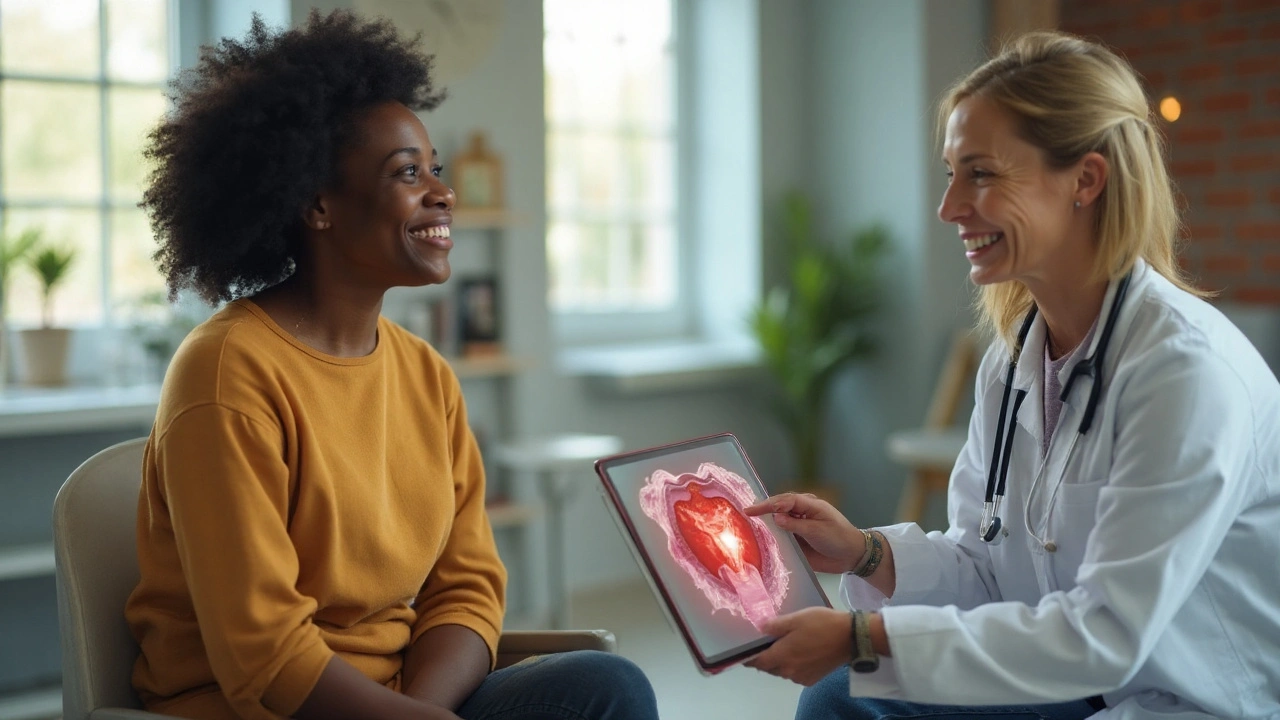Cyst Risk – Why They Appear and What You Can Do
If you’ve ever found a bump under your skin and wondered if it’s a cyst, you’re not alone. Cysts are fluid‑filled pockets that can show up anywhere on the body. Most are harmless, but they can be painful or become infected if ignored. Knowing what raises your cyst risk helps you spot trouble early and take steps to keep them at bay.
Common Causes of Cysts
Hormonal swings are a big driver, especially for sebaceous cysts on the face, neck, or back. When oil glands over‑produce sebum, the ducts can clog and form a sac. Acne, birth control pills, and menopause often tip the balance. Another frequent cause is skin injury. A small cut or scratch that doesn’t heal properly can trap dead tissue, creating a cyst over weeks or months.
Genetics also play a role. If a parent had recurring cysts, you’re more likely to develop them. Certain medical conditions, like polycystic ovary syndrome (PCOS) or Gardner syndrome, increase the number of cysts you might see. Even some medications, such as steroids or hormone‑modifying drugs, can boost the chance of cyst formation.
Tips to Lower Your Cyst Risk
Keep your skin clean but avoid harsh scrubbing. Use a gentle cleanser twice a day and moisturize to keep the barrier strong. If you’re prone to acne, consider a non‑prescription benzoyl peroxide or salicylic acid product to keep pores clear.
Watch your hormones. Talk to a doctor if you notice sudden breakouts after starting a new birth control method or if you have irregular periods. They may suggest a different pill or an alternative treatment that won’t aggravate your skin.
Protect any cuts or abrasions promptly. Clean the wound with mild soap and water, apply an antibacterial ointment, and cover it with a clean bandage. This simple habit can stop a tiny injury from turning into a cyst.
If you notice a lump that’s growing, painful, or draining fluid, see a healthcare professional. Early removal or drainage often prevents infection and scarring. Most cysts can be dealt with in a quick office visit, and the doctor can confirm whether it’s benign or needs further testing.
Lastly, maintain a balanced diet rich in vitamins A, C, and E. These nutrients support skin health and reduce inflammation, which can lower the odds of clogged pores turning into cysts. Stay hydrated, limit sugary drinks, and consider a daily multivitamin if your diet is lacking.
By understanding the common triggers and following these practical steps, you can keep cyst risk to a minimum and catch any problem early. Remember, most cysts are harmless, but paying attention to changes in your skin pays off in comfort and peace of mind.
Drospirenone and Ovarian Cysts: What You Need to Know
A clear, evidence‑based guide on how drospirenone‑based birth control relates to ovarian cyst development, diagnosis, and management.
